Table of content
The Lunar New Year, a celebration steeped in tradition and family reunions, often calls for elaborate feasts featuring seasonal delicacies. Among these treasures, cluster mushrooms (Termitomyces species) hold a cherished place in many Asian cuisines, prized for their earthy flavor, meaty texture, and cultural significance. However, their short growing season—typically spanning late summer to autumn—poses a challenge for those wishing to savor them during the winter festivities. This article explores science-backed methods to preserve cluster mushrooms, ensuring their freshness, taste, and nutritional value endure until the Lunar New Year arrives.
Understanding Cluster Mushrooms: A Brief Introduction
Cluster mushrooms, often referred to as “termite mushrooms” due to their symbiotic relationship with termites, thrive in tropical and subtropical regions. Their fleeting availability—often tied to monsoon seasons—makes preservation essential for year-round enjoyment. These fungi are rich in protein, fiber, vitamins (B and D), and minerals like potassium and selenium, making them both a culinary delight and a nutritional powerhouse.
Key Challenges in Preserving Cluster Mushrooms
Mushrooms are notoriously perishable due to their high moisture content (up to 90%), enzymatic activity, and susceptibility to microbial spoilage. Cluster mushrooms, with their delicate caps and interconnected stems, require careful handling to prevent bruising or premature decay. The goal of preservation is to inhibit enzymatic browning, microbial growth, and moisture loss while retaining texture and flavor.
Step 1: Harvesting and Initial Preparation
Optimal Harvesting Time:
- Pick cluster mushrooms just before they reach full maturity, when caps are firm but not fully unfurled. Overripe specimens may develop a slimy texture and bitter aftertaste.
Cleaning:
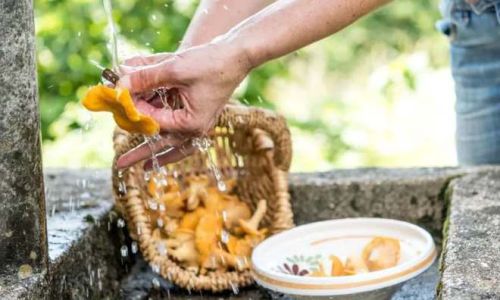
- Gently brush off soil or debris using a soft brush or damp cloth. Avoid washing with water unless necessary, as excess moisture accelerates spoilage. If washing is unavoidable, pat dry thoroughly with paper towels.
Trimming:
- Remove tough or damaged stems. For large clusters, consider separating individual mushrooms for easier preservation.
Step 2: Preservation Methods
Refrigeration (Short-Term Storage)
Method:
- Store unwashed, dry mushrooms in a paper bag (to absorb excess moisture) inside the refrigerator’s crisper drawer.
- For extended freshness, layer mushrooms between damp paper towels to maintain humidity without causing sogginess.
Shelf Life: 3–5 days.
Best For: Immediate use within a week, such as stir-fries or soups prepared a few days before the New Year.
Freezing (Medium- to Long-Term Storage)
Method:
- Blanching: Briefly boil mushrooms for 1–2 minutes, then shock in ice water to halt cooking. This destroys enzymes that cause off-flavors and textures.
- Dry Pack: Arrange blanched mushrooms in a single layer on a baking sheet and freeze until solid. Transfer to airtight containers or vacuum-sealed bags.
- Marinade: Toss blanched mushrooms in olive oil, garlic, and herbs before freezing for added flavor.
Shelf Life: 6–12 months when vacuum-sealed.
Best For: Dishes requiring sautéed or roasted mushrooms, such as Lunar New Year hotpot or stuffed mushroom appetizers.
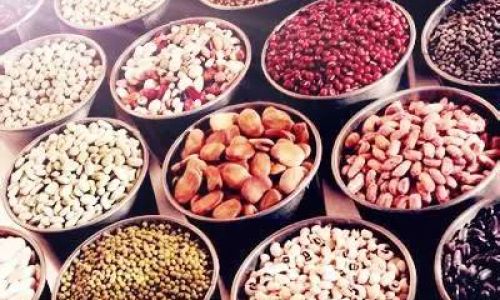
Drying (Long-Term Storage)
Method:
- Sun-Drying: Slice mushrooms thinly and dry on trays under direct sunlight for 3–5 days. Cover with cheesecloth to protect from insects.
- Oven-Drying: Arrange slices on a baking sheet and dry at 50–60°C (122–140°F) for 4–6 hours, flipping occasionally.
- Dehydrator: Use a food dehydrator set to 45–50°C (113–122°F) for 6–8 hours for consistent results.
Storage: Store dried mushrooms in airtight jars in a cool, dark place.
Rehydration: Soak in warm water for 20–30 minutes before cooking.
Shelf Life: 1–2 years when properly dried and stored.
Best For: Broths, stews, and braised dishes, where rehydrated mushrooms absorb flavors beautifully.
Pickling (Flavor-Enhanced Preservation)
Method:
- Prepare a brine of vinegar, water, salt, sugar, and spices (e.g., star anise, Sichuan pepper).
- Pack blanched mushrooms into sterilized jars, pour hot brine over them, and seal tightly.
- Process in a water bath canner for 15 minutes for shelf-stable jars.
Shelf Life: 6–12 months when canned.
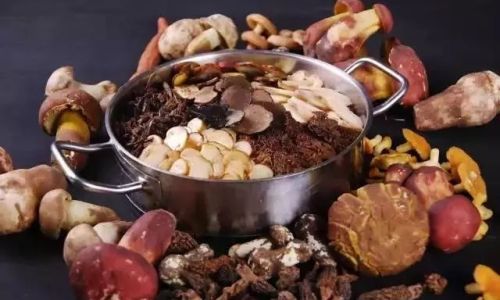
Best For: Tangy side dishes or garnishes for rice cakes and dumplings.
Oil Preservation (Infused Flavors)
Method:
- Sauté blanched mushrooms in olive oil with garlic, chili, and herbs until tender.
- Sterilize jars and fill with the mushroom-oil mixture, leaving 1 cm headspace.
- Store in a cool, dark place; refrigerate after opening.
Shelf Life: 3–6 months unopened.
Best For: Dipping sauces, pasta toppings, or as a luxurious addition to New Year’s Eve charcuterie boards.
Step 3: Maximizing Flavor Retention
- Avoid Overcooking: Preservation methods like blanching should be brief to prevent mushrooms from becoming mushy.
- Control Oxidation: Add lemon juice or ascorbic acid to water during blanching to prevent browning.
- Vacuum Sealing: Reduces oxygen exposure,延缓ing spoilage and freezer burn.
Step 4: Thawing and Reconstituting
- Frozen Mushrooms: Thaw in the refrigerator overnight or sauté directly from frozen to retain texture.
- Dried Mushrooms: Rehydrate in warm water or broth, reserving the liquid for added umami in soups.
Step 5: Culinary Applications for Lunar New Year
- Rehydrated Mushroom and Abalone Stew: A symbolic dish representing prosperity.
- Stuffed Mushroom Dumplings: Fill with seasoned pork and rehydrated mushroom mince.
- Spicy Pickled Mushroom Salad: A refreshing side to balance rich meals.
- Mushroom and Taro Hotpot: Simmer dried mushrooms with taro, tofu, and pork belly.
Scientific Principles Behind Preservation
- Enzyme Inactivation: Blanching denatures polyphenol oxidase, the enzyme responsible for browning.
- Osmotic Dehydration: Pickling brine creates a hypertonic environment, inhibiting microbial growth.
- Low-Temperature Storage: Freezing slows microbial metabolism and enzymatic reactions.
Conclusion
Preserving cluster mushrooms for the Lunar New Year is both an art and a science. By understanding the fungi’s biology and employing techniques like freezing, drying, and pickling, you can bridge the gap between harvest and holiday. Whether rehydrated in a steaming pot of nian gao soup or sautéed in a festive stir-fry, these preserved mushrooms will connect your New Year’s table to the bounty of autumn. As you gather with loved ones, savor not just the flavors, but the wisdom of preserving tradition for seasons to come.
Word Count: 1,217
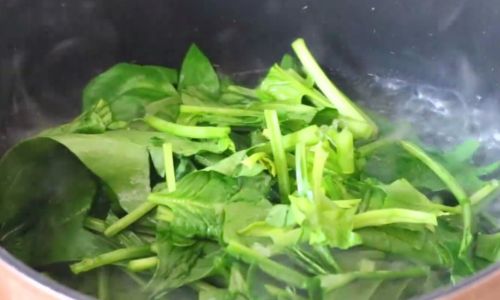
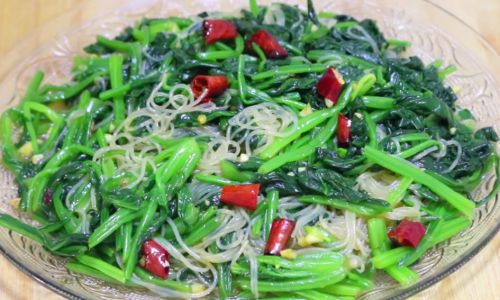


0 comments